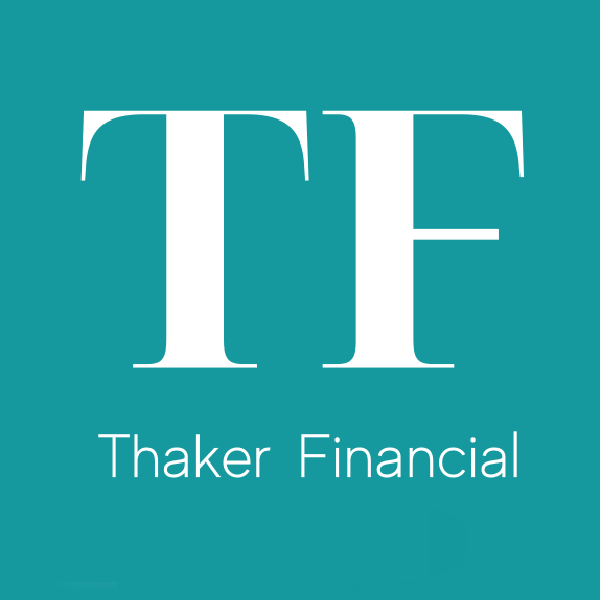Maximizing Your Retirement Savings
Maximizing Your Retirement Savings
Do you have concerns about retirement? My role is to answer your questions, provide periodic portfolio updates, and help you make the right decisions. In this blog, we explore strategies to maximize your retirement savings, ensuring you have a secure and comfortable future.
Addressing Your Retirement Concerns
Retirement is a major life transition that comes with many questions and uncertainties. Whether you’re concerned about having enough savings, managing your investments, or navigating tax implications, my role as a financial advisor is to help you find clarity and confidence in your retirement planning. Here, we’ll explore key strategies to maximize your retirement savings and ensure a secure future.
1. Start Early and Save Consistently
One of the most effective ways to build a robust retirement fund is to start saving as early as possible. The power of compound interest means that even small, regular contributions can grow significantly over time. Here are some tips to get started:
Set Up Automatic Contributions: Automating your savings ensures that you consistently invest a portion of your income without having to think about it.
Increase Contributions Gradually: As your income grows, increase your retirement contributions to accelerate your savings.
2. Diversify Your Investment Portfolio
Diversification is key to managing risk and optimizing returns in your retirement portfolio. By spreading your investments across various asset classes, you can protect yourself against market volatility. Consider the following:
Mix of Stocks and Bonds: Balance higher-risk, higher-reward investments like stocks with more stable, lower-risk bonds.
Include Alternative Investments: Consider real estate, commodities, or other alternative assets to further diversify your portfolio.
3. Take Advantage of Tax-Advantaged Accounts
Utilizing tax-advantaged retirement accounts can significantly boost your savings by minimizing your tax burden. Here are some options to consider:
Registered Retirement Savings Plan (RRSP): Contributions to an RRSP are tax-deductible, and the investments grow tax-deferred until withdrawal.
Tax-Free Savings Account (TFSA): Contributions to a TFSA are not tax-deductible, but withdrawals are tax-free, making it a flexible savings tool.
4. Plan for Healthcare Costs
Healthcare expenses can be a significant burden during retirement. It’s essential to plan for these costs to avoid depleting your savings. Consider the following strategies:
Health Savings Accounts (HSAs): If you’re eligible (an incorporated business owner), contribute to an HSA to save for medical expenses with tax-free dollars.
Insurance: Invest in long-term care insurance to cover potential healthcare needs in the future.
5. Monitor and Adjust Your Plan
Retirement planning is not a one-time activity. Regularly reviewing and adjusting your plan ensures that you stay on track to meet your goals. Here’s how to stay proactive:
Periodic Portfolio Reviews: Schedule regular reviews to assess your portfolio’s performance and make necessary adjustments.
Stay Informed: Keep up with changes in tax laws, market conditions, and financial products that could impact your retirement strategy.
Conclusion
Maximizing your retirement savings requires careful planning, consistent effort, and ongoing adjustments. By starting early, diversifying your investments, taking advantage of tax-advantaged accounts, planning for healthcare costs, and regularly reviewing your plan, you can build a secure and comfortable retirement.
At Thaker Financial Inc., I’m committed to helping my clients navigate the complexities of retirement planning. Contact me, Jen Thaker, today for personalized advice and guidance on maximizing your retirement savings and achieving your financial goals.
Complimentary Retirement Calculator
Disclaimer:
The information provided in this blog post is for general informational purposes only and should not be considered as professional financial advice. The content of this blog post may not be suitable for every individual's financial situation or goals. It is important to consult with a qualified financial professional or advisor, like Jen at Thaker Financial, before making any financial decisions or investments.
While the author strives to provide accurate and up-to-date information, she cannot guarantee the completeness or accuracy of the content. Financial markets and regulations are constantly evolving, and readers should independently verify any information presented here and consider it in conjunction with their own research and analysis.
The author and Thaker Financial shall not be held responsible for any losses, damages, or liabilities that may arise from the use or reliance on the information provided in this blog post. Readers are solely responsible for their own financial decisions and should exercise caution and due diligence before taking any actions based on the content presented here.
By reading this blog post, you acknowledge and agree that the author and Thaker Financial are not liable for any consequences, financial or otherwise, that may occur as a result of your interpretation or use of the information provided.

